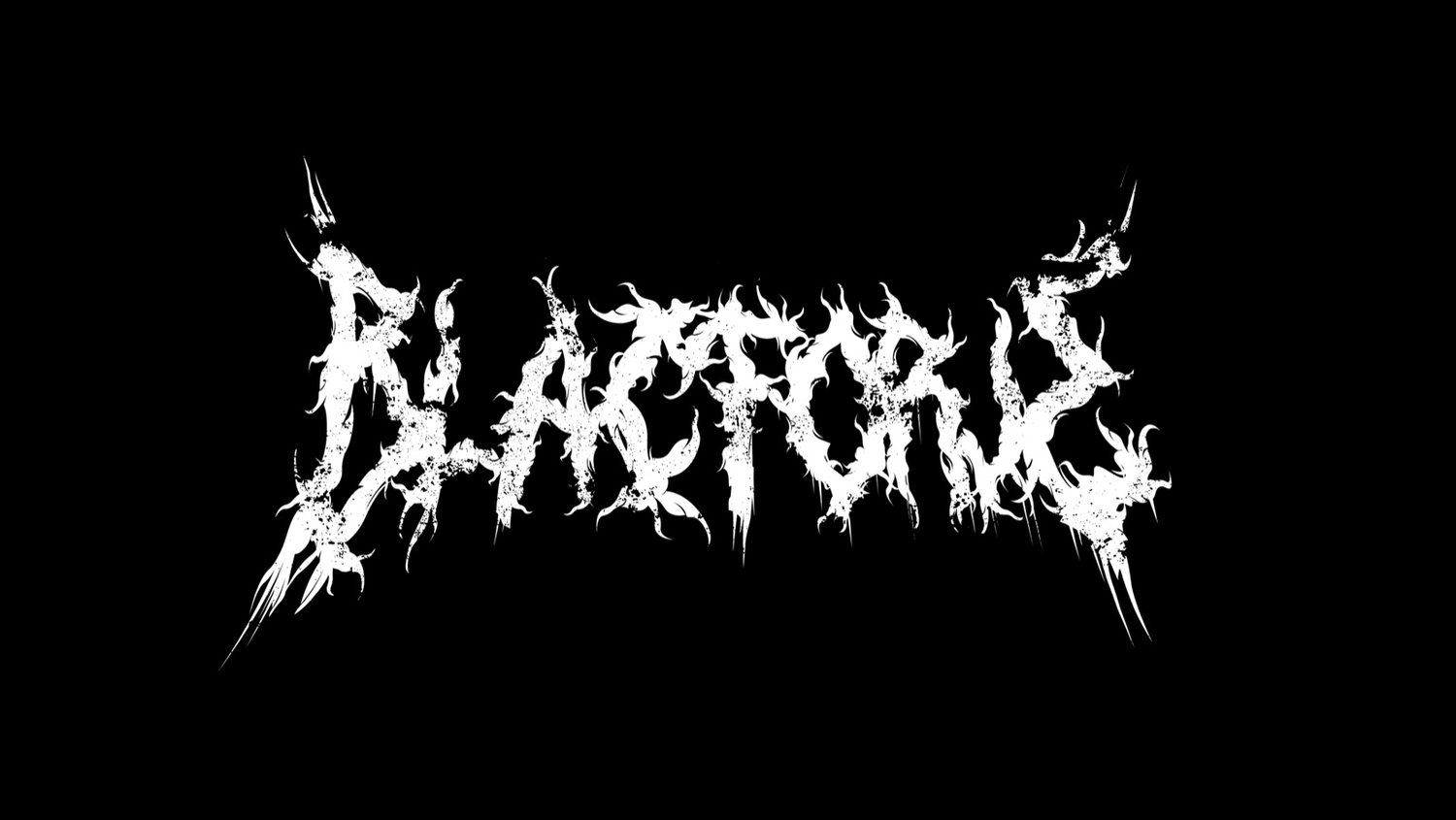‘Ciel Cendre et Mis è re Noire’ by Houle
‘Ciel Cendre et Mis è re Noire’ by Houle - artwork by Maena Paillet
Black metal is such a wonderful space that you can find artists crafting an album or even the entire band around such a niche and fascinating topic. I didn’t know I needed a black metal band inspired by the power and daunting force of the open sea until I encountered France’s Houle. Pulling on themes around maritime tragedies and how scary the ocean’s tide can be, Houle has released their debut album, Ciel Cendre et Misère Noire, roughly translating to “Ashen Sky And Black Misery.” The mix of melodic black metal and dark nautical aesthetics makes for a stellar debut.
“La Danse du Rocher” showcases a furious blend of intense black beats and howls with subdued, haunting spoken word mixed with, dare I say, deathcore-adjacent breakdowns. In this first track and, “Mère Nocturne,” Houle sets the stage for the melodic and theatrical style of the band. Based on these opening tracks and how dynamic yet heavy they remain, I wouldn’t be surprised if Houle takes great influence from melodic death metal titans like In Flames and Dark Tranquility. The band's style uniquely blends these influences, characterized by a balanced sound that combines violent and frantic riffs with melodic and theatrical elements. “Sel, Sang et Gerçures” could even be mistaken for a blackened hardcore song in its first minute or so before it transitions to wavy and vast guitar solos.
Photo by Faalaway
“Sur les Braises du Foyer” and “Derrière l'Horizon” especially lean into the melodic black metal territory as the guitars and drums provide a steady match to Houle’s highly talented vocalist. It’s a shame I couldn’t uncover her name just yet because she gives a showstopping performance on this album between the spooky accordions and epic bridges. She sometimes even captures a theatrical performance and wails and cries in the middle of screaming lyrics in her native French. The album's production quality is top-notch, with each instrument and vocal performance being clearly defined and balanced. Overall, Ciel Cendre et Misère Noire captures its nautical inspirations sonically without using literal sing-songy sea shanties (other than the album’s intro track).
I had reservations about seeing the album include a 12-minute closer, but Houle proved me wrong and knew how to sustain a lengthy anthem. I recommend you don’t shy away from “Née Des Embruns” and experience its dynamic sound that utilizes seagulls, submarine sonar, acoustic breaks, and a post-black metal influence among the artist’s roaring guitars and malicious melodies. Structurally, it’s clear that Houle knows how to weave various distinct movements into an interesting, prolonged song.
Houle presents a concise and effective package, as Ciel Cendre et Misère Noire’s sinister vision of the sea seeps into every second of the album. We might need more metal artists exploring the terrifying forces of the sea, its natural disasters, and shipwrecks, but I think others approaching the subject matter will have an incredibly difficult time topping what Houle has provided with this debut.


